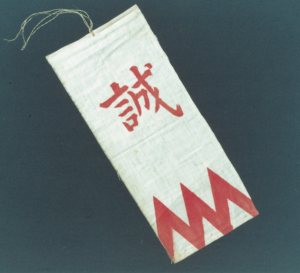
After a couple weeks of [painful] “writer’s block,” I’ve resumed the first chapter of Part II: on the elimination of Serizawa Kamo.
“Think big! Create! Persevere!”


After a couple weeks of [painful] “writer’s block,” I’ve resumed the first chapter of Part II: on the elimination of Serizawa Kamo.
“Think big! Create! Persevere!”
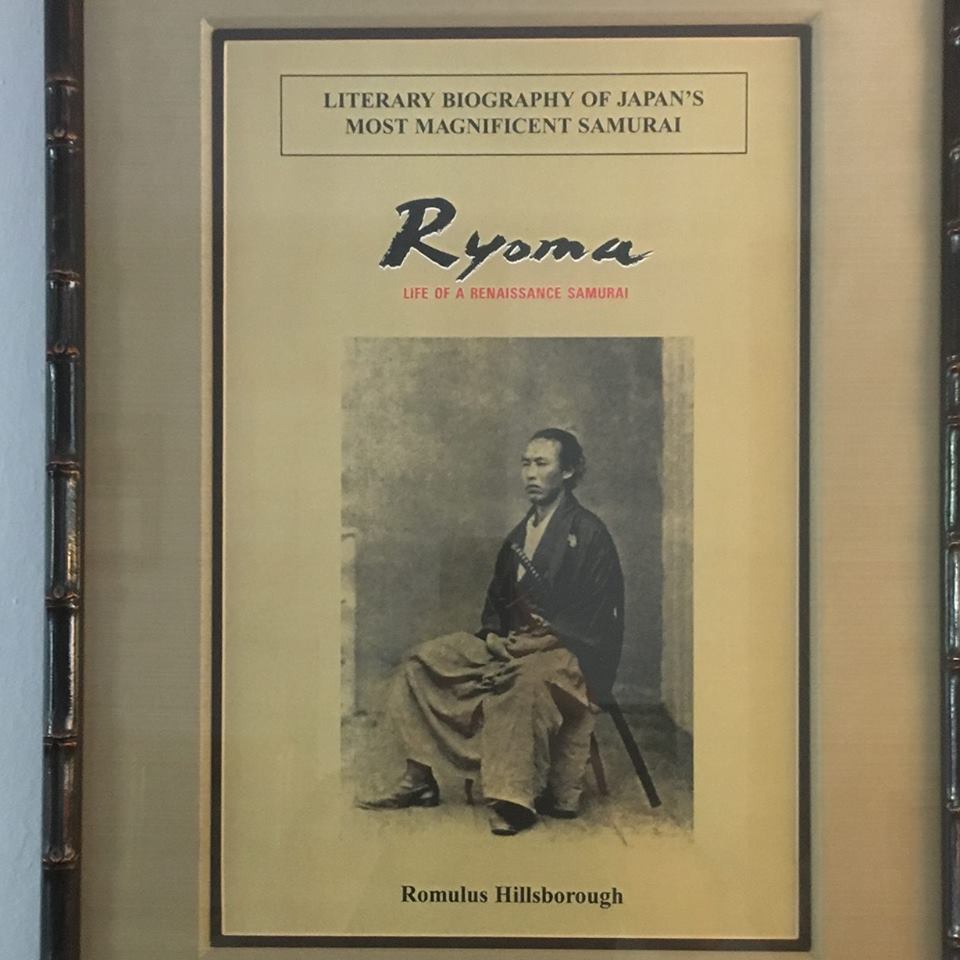
Meiji Restoration hero Sakamoto Ryoma is a national icon in Japan. My first encounter with Ryoma was through Shiba Ryotaro’s popular biographical novel, Ryoma ga Yuku. So fascinated was I by Ryoma’s life story, particularly his indispensible role in the “samurai revolution at the dawn of modern Japan,” that I thought that people all over the world should know about him. Which was why I wrote Ryoma: Life of a Renaissance Samurai (Ridgeback Press, 1999), the only biographical novel about Ryoma in English. “It is a cultural loss that an historical figure of such magnificent stature has failed to gain the full attention of the Western world,” I wrote in the Preface. Since then, for many years, I have hoped that, through my book, Ryoma would become a household name around the world.
I think that things are moving in that direction. But a film about Ryoma, produced and/or directed by a major Hollywood name, would “seal the deal.” Which is why for these past few years I have reached out to “Ryoma fans” around the world for their ideas to make this dream a reality. Please keep your ideas coming – through my website or my Facebook page.
Think big! Create! Persevere!
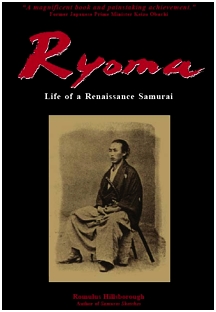
About “Samurai Revolution”: In My Own Words
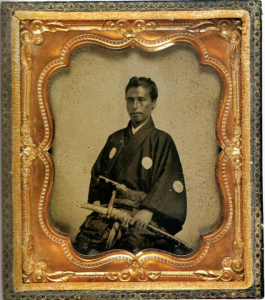
Samurai Revolution is a comprehensive history of the Meiji Restoration from the perspective of one of its most important men, Katsu Kaishū, “the shogun’s last samurai.” The only full-length biography of Kaishū in English, it is also, to the best of my knowledge, the only English-language study of the personalities of the other key figures in the “samurai revolution at the dawn of modern Japan.”
————————-
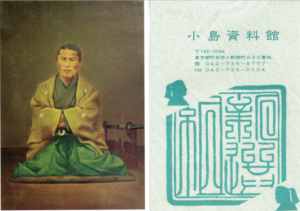
I’ve completed Part 1 of the planned three parts. It begins with the origin of the Tennen Rishin style of martial arts, which Kondō Isami taught at his dojo in Edo, before he and seven of his top students enlisted in the Rōshigumi (“Rōshi Corps”) early in 1863, to travel to Kyoto.
Part I introduces Kondō and the other original members of the Shinsengumi, explores their mind-set, and chronicles their deeds and actions during their first six months in Kyoto, culminating with the official naming of the corps shortly after the coup in the Eighth Month (“Coup of 8/18”).
If my first book about the Shinsengumi painted an overall picture of its rise and fall, I anticipate that this next book — which I expect will be about three times longer — will be the definitive history in English.
It’s a daunting task! Thank you to my readers for your interest and kind support.
“Think big! Create! Persevere!”
[The famous painting of Kondō Isami, modeled after one of his photographs, is on a postcard I purchased at the Kojima Museum in Machida, Tokyo, years ago.]
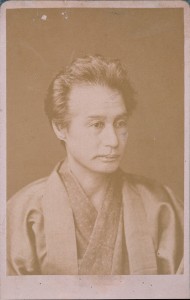
Timeless words of wisdom from “the shōgun’s last samurai”
“It’s impossible to gauge worldly affairs in advance. You can put up a net and wait for a bird, but what will you do if the bird flies over it? You can make a square box and try to put everything in the world inside of it. But some things are round and others triangular. If you took something that was round or triangular and tried to fit it inside the box, you’d certainly have a hard time of it.”
(Katsu Kaishū on the importance of flexibility in conducting affairs of state, from Samurai Revolution, Chapter 9)
————————-